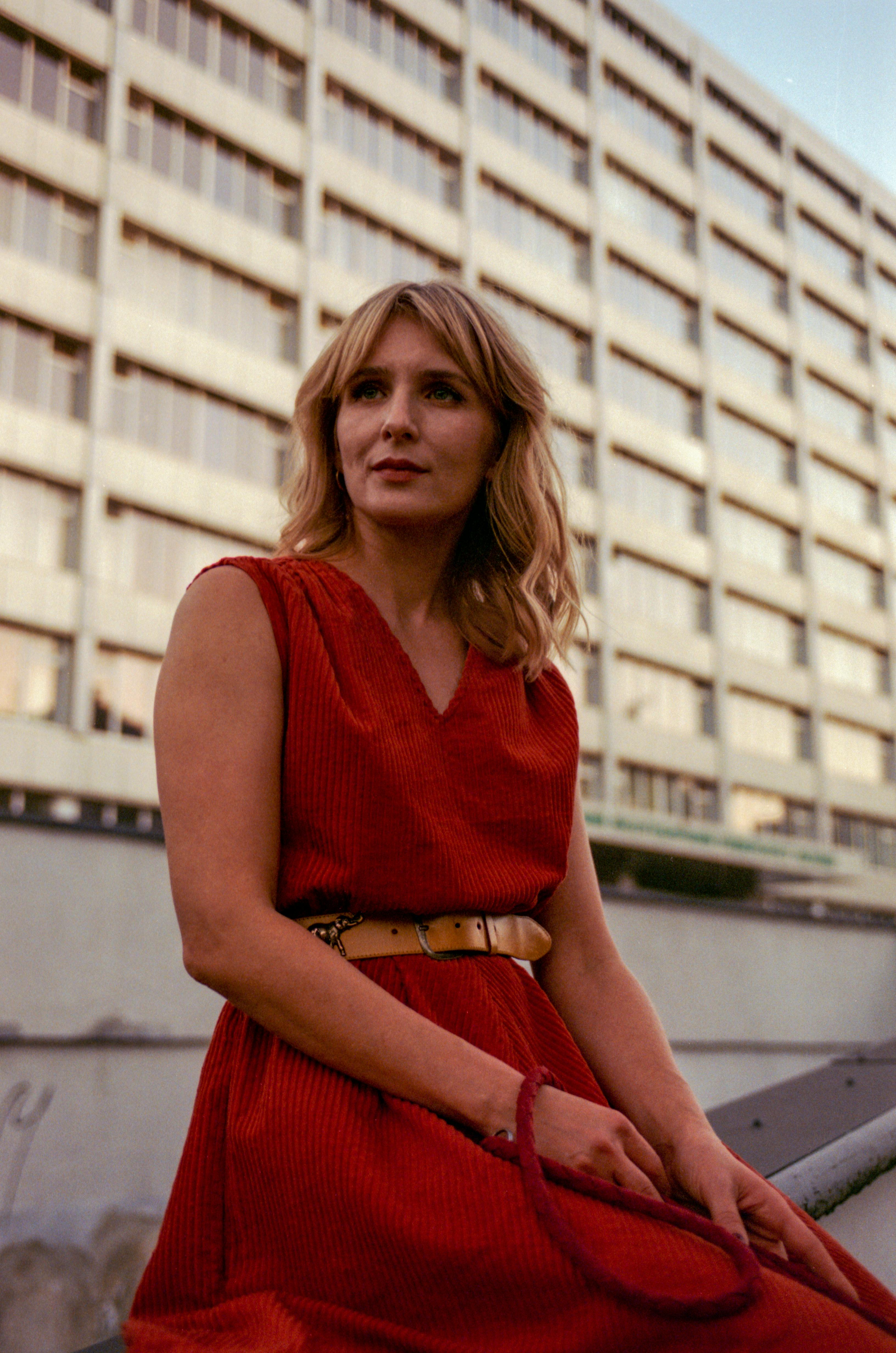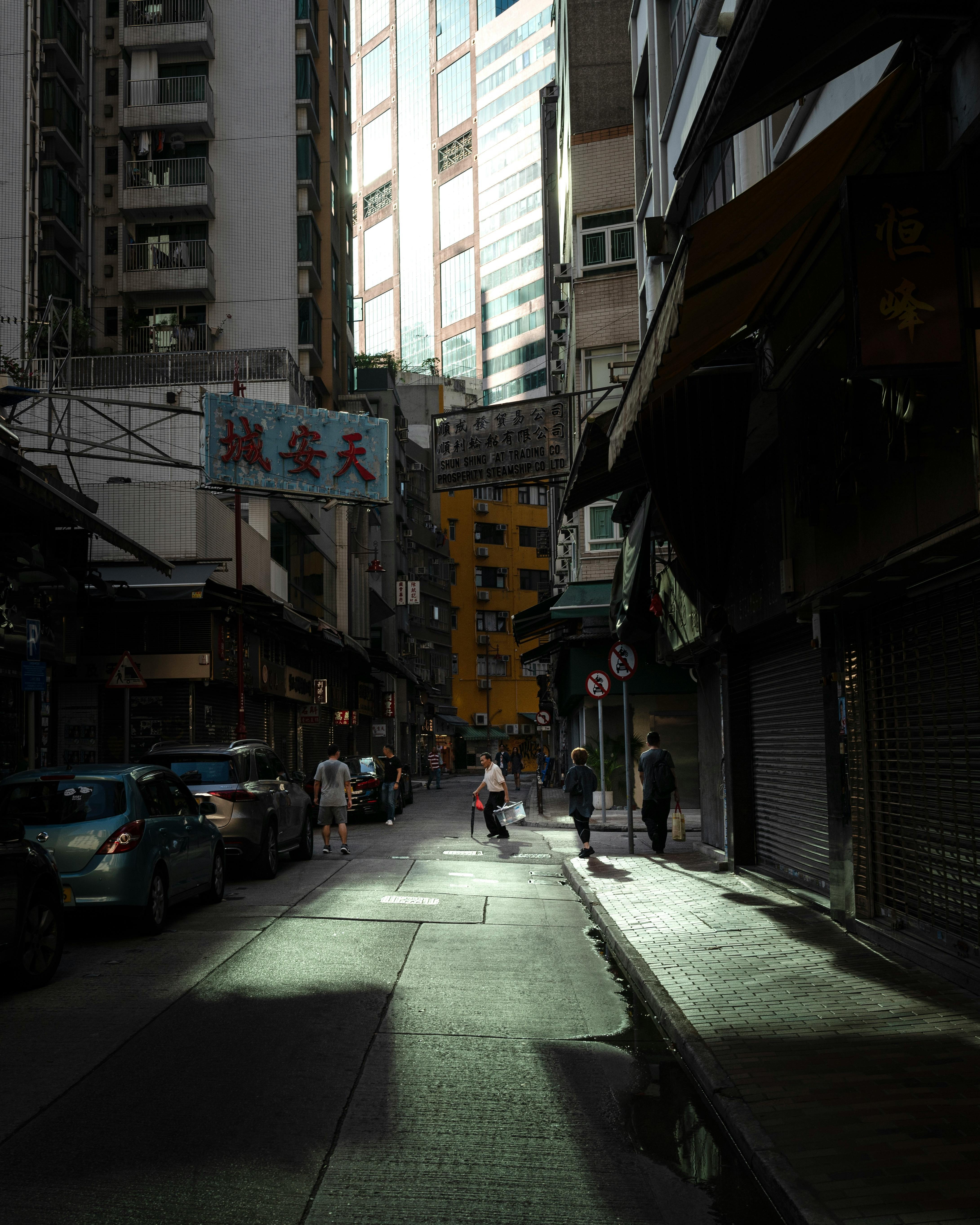Are you itching to start gardening but feel discouraged by the limited space you have? Don’t worry, gardening in a small space is not only possible but also incredibly rewarding. In this article, we will explore various creative and practical ways to turn even the tiniest of spaces into a thriving garden oasis. From vertical gardening and container gardening to utilizing window boxes and hanging planters, you’ll discover clever tips and tricks to maximize your green space. Get ready to embark on a gardening adventure that proves size doesn’t matter when it comes to cultivating your own little piece of paradise.

Choosing Suitable Plants
When it comes to gardening in a small space, choosing the right plants is essential. Consider the size and growth habit of plants to ensure they fit well within your limited space. Opt for compact varieties that won’t overwhelm your area and will still provide you with a bountiful harvest. Additionally, utilizing vertical space with climbing plants can allow you to maximize your garden area. These plants can be trained to grow upwards, attaching to trellises or stakes, saving valuable ground space. Lastly, choose plants that thrive in containers, as they are portable and can be easily placed in any available space.
Container Gardening
Container gardening is a fantastic solution for those with limited space. To start, select the right containers for your plants. Consider the size and specific needs of each plant when choosing the containers, ensuring they have enough room to grow. Proper drainage is crucial to prevent waterlogged roots, so make sure your containers have drainage holes. It’s also important to choose the appropriate soil that provides good drainage and nutrients for your plants. Watering and fertilizing container plants will require a bit more attention, as containers tend to dry out quicker, and nutrients can be leached from the soil more rapidly. Lastly, arranging multiple containers strategically can create a visually appealing and functional garden space.
Vertical Gardening
Vertical gardening is an excellent way to utilize vertical space and grow more plants in a limited area. One popular method is using trellises and stakes to support climbing plants. Whether it’s tomatoes, peas, or beans, training these plants to grow vertically saves precious ground space and promotes air circulation around the plants. Hanging baskets are another fantastic option for vertical gardening, as they can be suspended from hooks or poles. Fill them with cascading flowers or trailing herbs for a visually stunning display. Creating wall-mounted planters is also a clever way to maximize space by attaching containers directly to your walls. Lastly, you can repurpose pallets to build a vertical garden by installing shelves or pockets for your plants to grow.
Window Gardens
If you have limited space but ample sunlight, window gardens are a perfect solution. Creating a windowsill herb garden allows you to grow fresh herbs right at your fingertips. Simply place small pots or herb planters on your windowsill and provide them with adequate sunlight and regular watering. Another option is hanging planters for window displays. These can be suspended from hooks or curtain rods, allowing you to grow colorful flowers or trailing vines outside your window. Utilizing a tiered plant stand is another brilliant way to make use of your windows. These stands provide multiple levels to showcase various plants while using minimal horizontal space. Lastly, installing a window box garden on the exterior of your window brings greenery and beauty to your small space.

Indoor Gardening
Indoor gardening is an excellent option for those with limited outdoor space or unfavorable weather conditions. When selecting indoor plants, consider their suitability for an indoor environment. Some plants, such as pothos, snake plants, or peace lilies, thrive indoors due to their ability to tolerate lower light conditions. Providing adequate lighting is crucial for indoor gardening success. If natural light is limited, consider using artificial grow lights to supplement the plants’ needs. Additionally, maintaining proper air circulation is important to prevent the buildup of humidity and stagnant air, which can lead to mold or pest issues. Choose the right containers and soil for your indoor plants, ensuring they have proper drainage. Watering and fertilizing indoor plants will also require careful attention, as overwatering or using too much fertilizer can be detrimental.
Utilizing Small Spaces
For those with small spaces, it’s all about making the most of every square inch. Utilizing balcony or patio space can transform these areas into lush green retreats. Hang plants from railings or use hanging baskets to maximize vertical space. You can also utilize rooftop or terrace space by creating container gardens or vertical gardens. These spaces often receive ample sunlight, making them ideal for growing a variety of plants. If you only have a windowsill or ledge available, don’t be discouraged. You can still create a charming garden by placing containers filled with your favorite plants in these areas. Lastly, for those narrow areas or awkward corners, consider using tall, slender plants or installing vertical planters to make the most of every inch.

Organizing Tools and Supplies
An organized gardening area is essential, especially in small spaces where every inch matters. Investing in compact gardening tools will allow you to perform necessary tasks without cluttering your space. Look for tools specifically designed for smaller spaces, such as foldable or telescoping handles. Utilizing storage solutions for supplies is another smart way to keep your area tidy. Use stackable bins, hooks, or hanging organizers to store pots, gloves, and other gardening essentials. Creating a designated gardening area, even if it’s a small corner, can help you stay organized and streamline your gardening tasks. Consider using shelving or pegboards to optimize vertical storage and keep your tools easily accessible.
Vertical Gardening Ideas
If you’re looking for some creative and space-saving vertical gardening ideas, here are a few to inspire you. One idea is to grow herbs in a hanging shoe organizer. Simply fill each pocket with soil and plant your favorite herbs. Hang the shoe organizer in a sunny spot, and you’ll have an instant herb garden that takes up minimal space. Another idea is to build a vertical succulent garden. Attach a shallow wooden frame to a wall and fill it with succulents planted in small pots or even directly in the pockets of a vertical planter. This living wall will add a touch of natural beauty to your space. If you have an old pallet lying around, repurpose it by mounting it on a wall and filling the openings with soil and plants. You can create a stunning living artwork that brightens up any small space. Lastly, consider using a bookshelf as a vertical plant display. Arrange potted plants on the shelves, stacking them vertically to create a beautiful and functional garden.

Maximizing Sunlight
In small spaces where sunlight may be limited, maximizing the available sunlight is crucial for successful gardening. Start by identifying the sunniest spots in your area. Observe the patterns of sunlight throughout the day and note where sunlight shines brightest and for the longest duration. To increase the amount of light your plants receive, use reflective surfaces strategically. Place mirrors or light-colored materials near your plants to bounce sunlight onto their leaves. Additionally, optimize plant placement to ensure maximum sunlight exposure. If you have windows, position your plants near them, making sure they receive direct sunlight. If your space is shaded, choose plants that tolerate shade well, such as ferns, begonias, or hostas.
Tips for Successful Small Space Gardening
To make the most of your small space garden, here are some valuable tips to keep in mind. Regularly monitor and adjust watering to ensure your plants receive the right amount of moisture. Small spaces can dry out quickly, so make sure to water when the top inch of soil feels dry. Practicing proper plant care and maintenance is essential for the health and vitality of your plants. Regularly check for pests, prune as needed, and provide support for climbing or trailing plants. Optimize space with strategic plant placement. Group plants with similar light and water needs together to make watering and care more efficient. Take advantage of microclimates within your small space. Some areas may be warmer or cooler than others due to surrounding structures or vegetation, so choose plants accordingly. Finally, regularly harvest herbs, vegetables, or flowers and trim overgrown plants to maintain a tidy and productive garden.
With these tips and ideas, you can create a flourishing garden in even the smallest of spaces. Whether it’s a windowsill herb garden or a vibrant vertical garden, gardening in a small space offers limitless possibilities. Embrace the challenge and let your creativity bloom!



